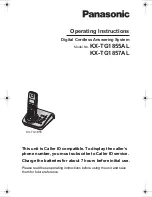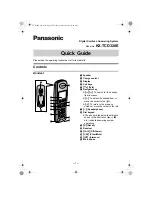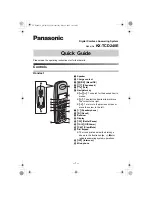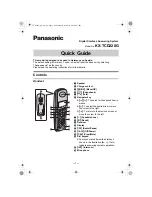
02/10/2015
www.HandiQuilter.com
HQ Fusion User Manual | 35
Troubleshooting
Stitches are skipping
Corrective Measure
The needle is damaged, dull, bent,
or installed improperly
•
Replace the needle often, normally once or twice per day for
continuous quilting or at least once per quilt. Use HQ Fusion
recommended needles.
•
Always change the needle if the needle has struck any hard
object such as a straight pin, etc. The tip of the needle can
become damaged or burred, resulting in fabric damage as well
as skipped stitches, thread breakage or shredding.
•
Always change the needle if it has been hit, bumped or pulled
off center while maneuvering the machine about the quilt. A
slightly bent needle can be a major cause of skipped stitches.
Incorrect needle size
•
Check for the proper size of needle for the work and thread
being applied to the quilting operation. Some battings and
fabrics used in quilting may constrict or impede the thread
passing through the front groove of the needle. This diminishes
the loop lift required for stitch formation. Typically, a larger
needle will solve the problem; however, it has been found that
certain smaller sizes of needles as well as the use of ball pointed
needles solve some specific problems.
The needle is not positioned
properly
•
Position the needle properly to the needle bar. Inspect the
position of the needle to make sure the needle is at the 6 o’clock
position. If you stand directly in front of the needle (facing the
bobbin case side of the machine), you will see the entire needle
eye directly facing you. This is 6 o’clock position.
Make sure (1) the needle is installed all the way into the needle
bar to the needle stop hole in the needle bar, (2) the long groove
in the needle is toward the front (bobbin case side), and (3) the
scarf (scooped out part of the back of the needle) is toward the
back handwheel.
The needle can sometimes be rotated to 5 o’clock (slightly right)
or 7 o’clock (slightly left) to adjust for a more positive thread
loop pickup by the hook point.
Fabric is too tight on the frame
•
Loosen pole tension on the frame. Fabric that is rolled too tight
causes the fibers to separate. This reduces the needle friction on
the thread resulting in a smaller thread loop.












































